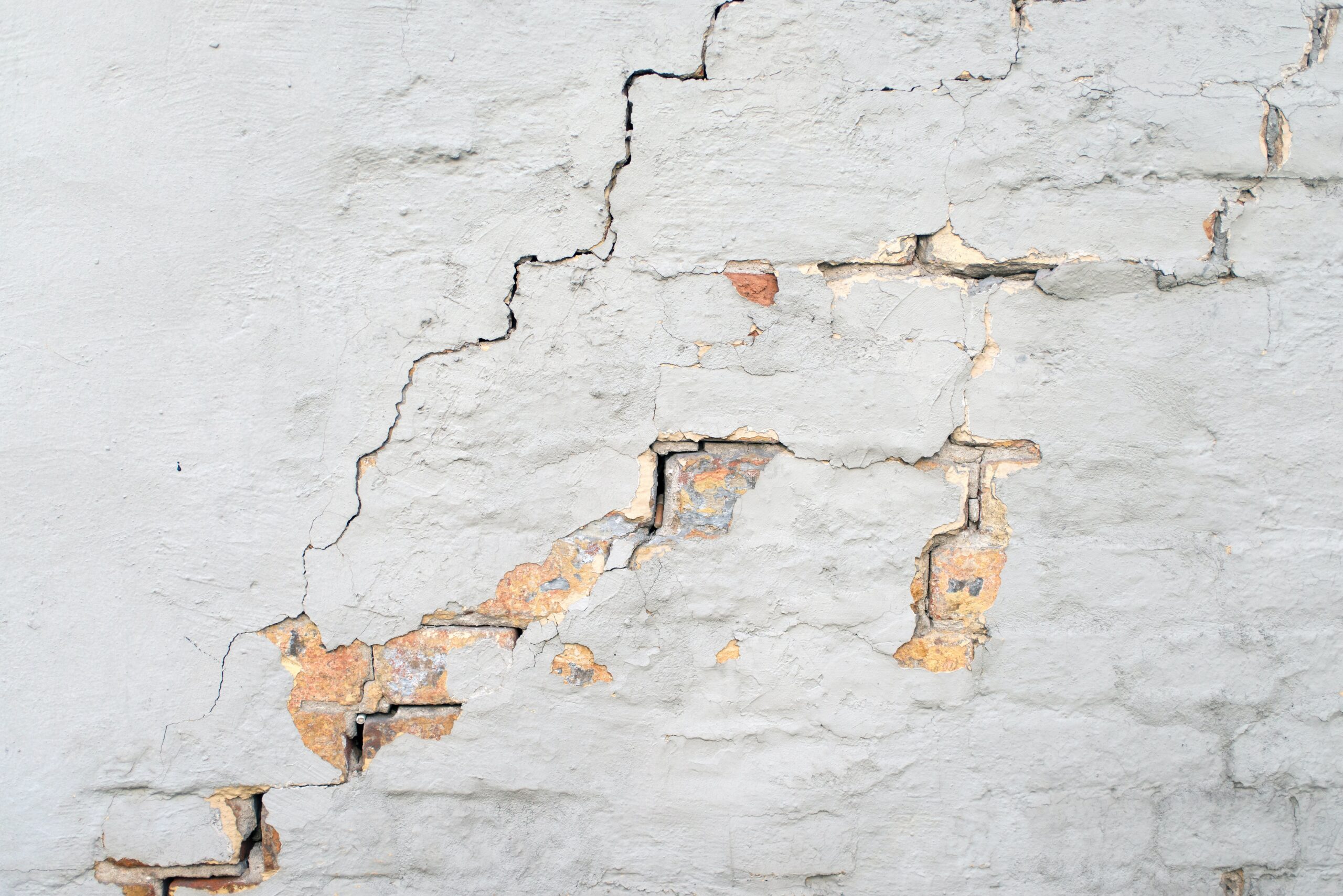
14 Dec What’s Involved in Structural Repairs to Your Home?
Buildings aren’t designed to last in perfect condition forever — and anyone who managed to solve that problem would probably corner the market. When a building has a wall crack or becomes weaker or unstable, it requires structural repairs if it’s going to continue functioning. So why might this be necessary, and what’s involved in structural repairs?
Why Might Your Home Need Structural Repairs?
There are a number of possible causes for structural damage. The simplest is just age — a building that’s a century or two old may have suffered erosion of the brickwork or mortar, or else decay in the timbers.
More often, however, structural damage is a result of either water damage or subsidence caused by ground movement. This might be a result of cavities below the foundations (old mine-workings, for instance), rising water table, problems with the drains, or tree-roots extending under the building.
The most common signs that you may need structural repairs are cracked or slumping masonry. You may also see door or window frames pulling away from the surrounding masonry, or your damp course could be failing to keep out moisture.
What Are the Common Types?
- Crack stitching — This is what it sounds like, except that it’s obviously not done with needle and thread. The walls are “stitched” together with steel rods grouted into the bed joints to stabilise the building.
- Timber repairs — If the timbers supporting the building are suffering from wet or dry rot, they’ll need either their splice joints repaired or to have steel plates inserted to hold the joints together.
- Cavity wall ties — The inner and outer walls in a cavity wall are connected by long metal strips. If these corrode, they need to be replaced in order for the two walls to be held in position.
- Lintel repair — If there are cracks around door and windows, or if the frames have pulled away from the masonry, lintel reinforcement may be required to strengthen the structure.
How Should They Be Carried Out?
The first thing you require if you think your property may need structural repairs is to have it professionally surveyed. This will establish exactly what work needs to be done.
It’s important to have the work done professionally, as structural repairs aren’t for even the most experienced DIYer, and to use a contractor who has an extensive track-record in these repairs. This can be expensive, but it would be far more expensive if you home’s structural integrity were compromised. Your building insurance may well cover the work.
Give us a call if you think your home could need structural repairs, and we can discuss your needs.




